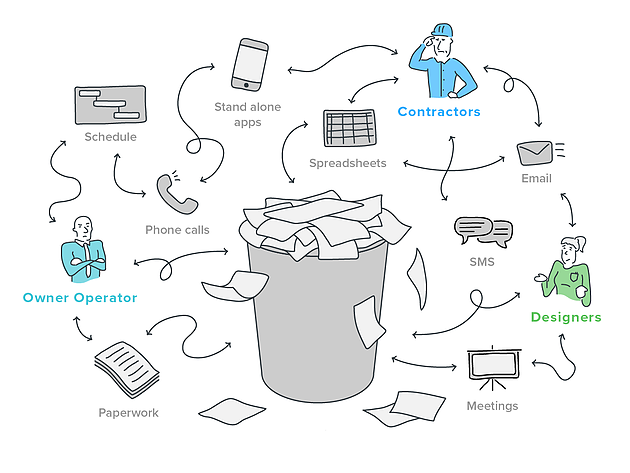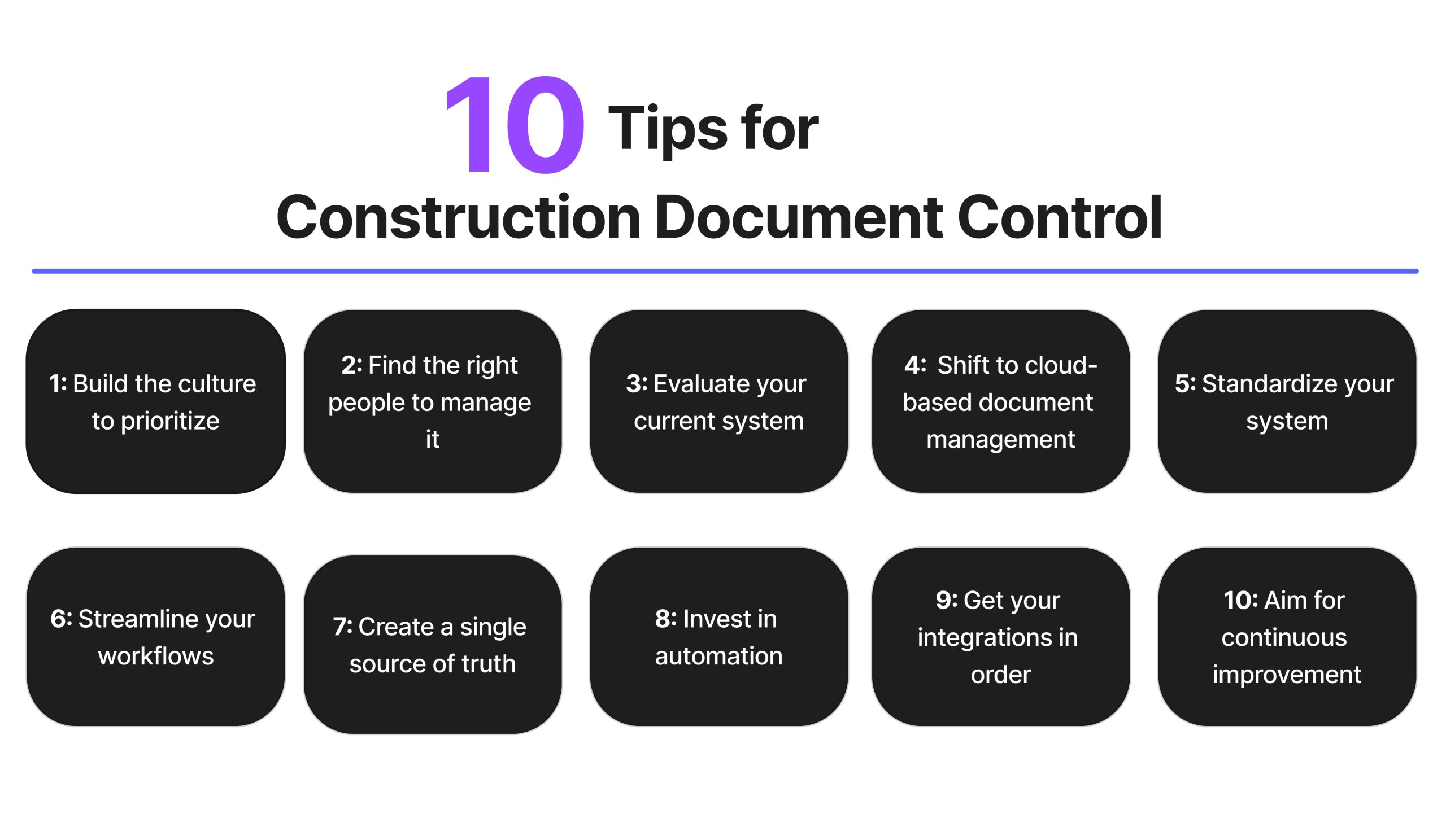Enhancing Operations Effectiveness: Designer's Professional Strategies for Building And Construction Paper Monitoring
In the realm of architectural design and building and construction, the careful management of papers stands as a keystone for task success. These approaches not only ensure smooth task progression yet likewise hold the essential to unlocking improved efficiency and accuracy in the complex realm of building paper monitoring.
Trick Record Company Strategies
When handling building and construction records, among the crucial methods that architects employ is developing a effective and methodical organization system. This system normally includes categorizing papers based on their type, such as drawings, specifications, agreements, and permits. By producing unique and clear classifications, designers can rapidly locate specific information when needed, saving time and minimizing mistakes in the construction process.
Within each classification, architects better organize documents by producing subfolders or using numbering systems to represent alterations or versions (construction document management). This ordered structure ensures that one of the most appropriate and current information is conveniently obtainable while maintaining a document of adjustments made throughout the task timeline
Furthermore, architects typically utilize digital record administration platforms that use attributes like keyword search features, variation control, and gain access to restrictions to improve company and collaboration among task stakeholders. These tools improve the record retrieval procedure, advertise real-time updates, and assist in smooth communication, ultimately adding to the total success of the building and construction project.
Collaborative System Integration
To enhance record administration performance in building tasks, engineers effortlessly incorporate collaborative platforms to improve interaction and enhance control amongst project stakeholders. By leveraging joint platforms such as task administration software application, cloud-based storage systems, and communication tools, engineers can develop a central hub for all project-related documents and interaction channels. These platforms permit employee to gain access to, review, and collaborate on records in real-time, lowering hold-ups and the danger of errors connected with typical paper administration techniques.
Collaborative system assimilation likewise cultivates openness and accountability within the task group, as all stakeholders have exposure right into the most recent task updates and modifications. By centralizing interaction and file sharing, engineers can guarantee that all employee are working from one of the most current details, reducing the opportunities of misunderstandings or problems emerging because of obsolete files.
Additionally, joint platforms allow seamless partnership between designers, contractors, clients, and various other project stakeholders, advertising a much more reliable and cohesive project process. By damaging down interaction barriers and promoting details exchange, architects can drive performance and innovation in building and construction jobs, eventually bring about effective task end results.
Version Control Ideal Practices
Implementing reliable variation control practices is important for preserving file precision and consistency in building and construction jobs. By establishing a clear system for taking care of alterations, task groups can make certain that everybody is working from the most current paperwork, decreasing the risk of mistakes and inconsistencies during the construction stage.
One of the key ideal methods for version control is to appoint one-of-a-kind identifiers to every document variation. This can be accomplished by utilizing a numbering system or date stamp that plainly indicates the order of alterations. By clearly labeling each version, staff member can easily track the development of the paper and identify one of the most recent variation.

Automation Devices for Performance

File control software application, like Procore or PlanGrid, streamlines task documents, making it conveniently accessible to all stakeholders. These platforms permit real-time collaboration, version control, and automated backups, protecting against data loss. Additionally, Building Information Modeling (BIM) software automates the generation of construction drawings and makes sure that modifications are synchronized across all associated files.
Integrating automation tools with cloud storage solutions further boosts accessibility and security. By automating the document monitoring procedure, job teams can focus their time and effort on value-adding tasks, inevitably boosting efficiency and job outcomes.
Secure Data Monitoring Solutions
Successfully managing and guarding project information is critical in the building and construction industry to see post make sure confidentiality and stability throughout the project lifecycle. Architectural companies can utilize encrypted cloud storage space solutions to securely share and store job papers with authorized workers.
In addition, utilizing electronic civil liberties management (DRM) devices includes an extra layer of safety by preventing the unauthorized circulation or replication of project records. Regular data back-ups are necessary to minimize the risk of information loss due to unexpected scenarios like equipment failings or cyber-attacks. Collaborative platforms with integrated protection features enable smooth interaction and documents sharing amongst task employee while maintaining data stability.
Verdict
Finally, implementing essential paper company methods, incorporating joint systems, exercising variation control finest methods, using automation devices, and embracing protected data management solutions are important techniques for improving process efficiency in building document management. These expert strategies can simplify procedures, enhance communication, discover here guarantee accuracy, and keep information safety throughout the building job lifecycle.
In the realm of building layout and building, the careful administration of files stands as a cornerstone for task success. These methods not only ensure smooth task development however also hold the vital to opening enhanced productivity and accuracy in the elaborate world of building and construction paper management.
To maximize file monitoring effectiveness in construction jobs, architects effortlessly integrate collective platforms to improve communication and enhance coordination amongst task stakeholders. These platforms permit team participants to accessibility, evaluation, and team up on files in real-time, lowering delays and the danger of mistakes connected with traditional file monitoring methods.
Making use of automation devices in building record management dramatically enhances effectiveness and streamlines processes for task groups. construction document management.